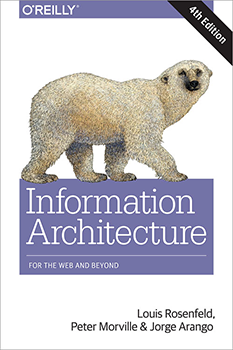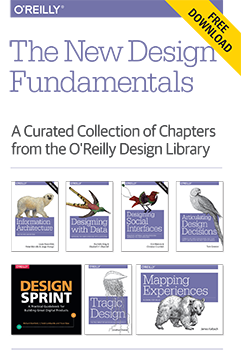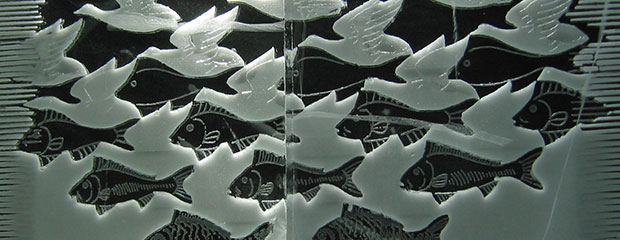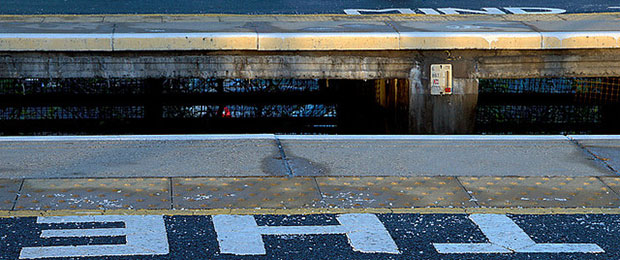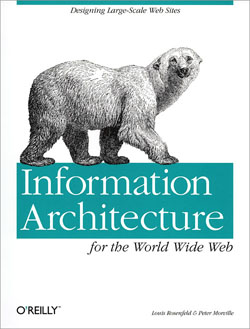(the author apologizes for the late publication of this item)
- Twitter’s Biggest Problem: Tweets are Ads — having just been to my first social media marketing conference, I see what the author’s talking about. Would you want to pay for advertising in the middle of a sea of free ads? (via Hacker News)
- Safari and Do Not Track Support — now that there’s a technical mechanism for consumers to opt out, the next step is to mandate that publishers respect it. Problem: compliance with do-not-track is largely invisible, so there’s nothing like the feedback loop you get with Do Not Call lists where ANY telemarketer is instantly identifiable as a lawbreaker. Instead, you’ll only know Do Not Track is not working if you see useful advertisements. What the–?
- OnePager — a library-focused one-page website for libraries, attempting to focus the library on providing useful information rather than a lot of it. There’s a lesson here for almost every institution with a website. (via Nina Simon)
- Max Levchin’s Lessons Learned — some resonant ones: You can have successful teams where people hate but deeply respect each other; the opposite (love but not respect among team members) is a recipe for disaster.

